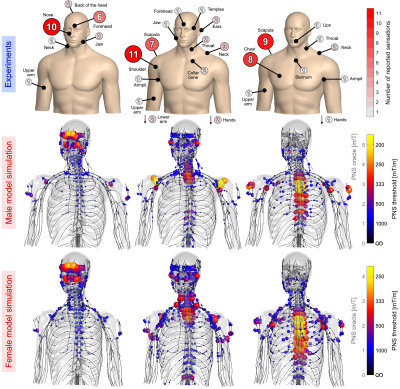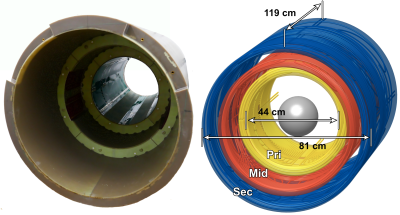Mathias Davids1,2,3, Peter Dietz4, Gudrun Ruyters4, Manuela Roesler4, Valerie Klein1,3, Bastien Guerin1,2, David A Feinberg5,6, and Lawrence L Wald1,2,7
1Martinos Center for Biomedical Imaging, Boston, MA, United States, 2Harvard Medical School, Boston, MA, United States, 3Computer Assisted Clinical Medicine, Medical Faculty Mannheim, Heidelberg University, Mannheim, Germany, 4Siemens Healthineers, Erlangen, Germany, 5Advanced MRI Technologies, Sebastopol, CA, United States, 6Brain Imaging Center and Helen Wills Neuroscience Institute, University of California, Berkeley, CA, United States, 7Harvard-MIT, Division of Health Sciences and Technology, Cambridge, MA, United States
1Martinos Center for Biomedical Imaging, Boston, MA, United States, 2Harvard Medical School, Boston, MA, United States, 3Computer Assisted Clinical Medicine, Medical Faculty Mannheim, Heidelberg University, Mannheim, Germany, 4Siemens Healthineers, Erlangen, Germany, 5Advanced MRI Technologies, Sebastopol, CA, United States, 6Brain Imaging Center and Helen Wills Neuroscience Institute, University of California, Berkeley, CA, United States, 7Harvard-MIT, Division of Health Sciences and Technology, Cambridge, MA, United States
Informing the design
phase of a high-strength head gradient using PNS modeling allowed alteration of
the coil windings to balance head and body PNS, which greatly improved PNS thresholds and
usability of the coil performance. Results were validated in a constructed coil
using PNS experiments.

Figure 4: Top: Number of reported stimulations in different body parts during the experimental
study. Bottom: Maps of predicted PNS hot-spots in the male and female model given
in terms of PNS oracle and equivalent PNS thresholds (inverse of the PNS
oracle) for a 400 us rise time trapezoidal waveform. Every blob corresponds to
an activation hot-spot, with both color and size corresponding to the strength
of the activation.

Figure 1: Photo
of the final constructed Impulse gradient
coil and 3D rendering of the three-layer winding pattern (primary,
intermediate, and secondary layers of all axes combined). The gray sphere
corresponds to the 20 cm region-of-linearity (ROL). Note that the constructed coil is longer (160 cm) than the wire extent (119 cm) to improve mechanical properties and simplify the MR system assembly.